17.11 Unique Image ID
The unique Photo ID or Image ID is a special alphanumerical value that is used to identify photo files. It is store din the EXIF section of photos, in the tag with the code 0xa420.
This tag indicates an identifier assigned uniquely to each image. It is recorded as an ASCII string equivalent to hexadecimal notation and 128-bit fixed length.
The idea is that this value should be preserved when the image is converted and exported, so you can check which original image is was created from.
NeoFinder is able to catalog and display these values in the EXIF section of the Inspector.

You can use the Find Editor to search for this value, and thus get all copies and modified versions of a particular photo.
By using the two separate meta keys offered to you in the menu behind the text area, you can also search for empty or not empty field values.
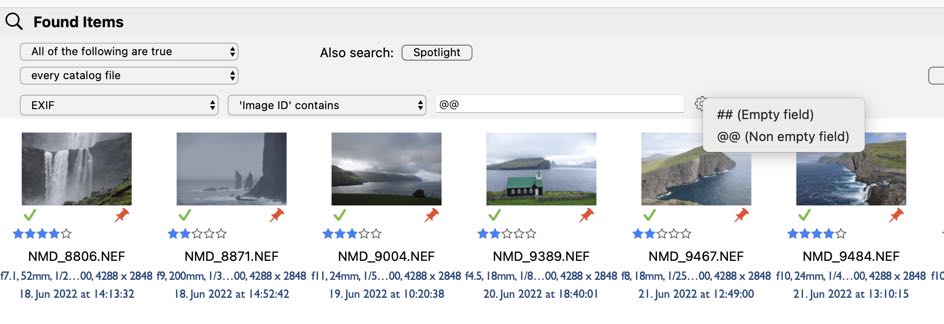
Or just use the Label Menu in the Inspector to find all photos with that specific Image ID:
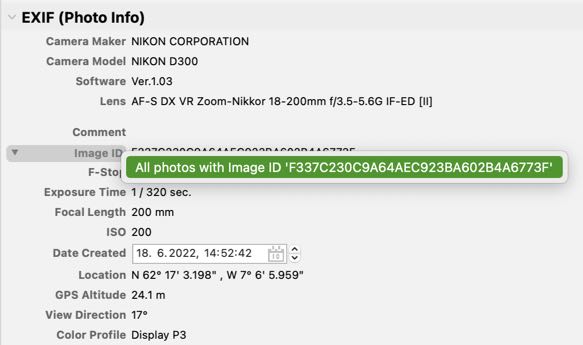
Starting with NeoFinder 8.3, you can now ask NeoFinder to add the Image ID to your photos as well! You can find that command in the Metadata section of the context menu. And yes, that works for multiple selected photos as well.
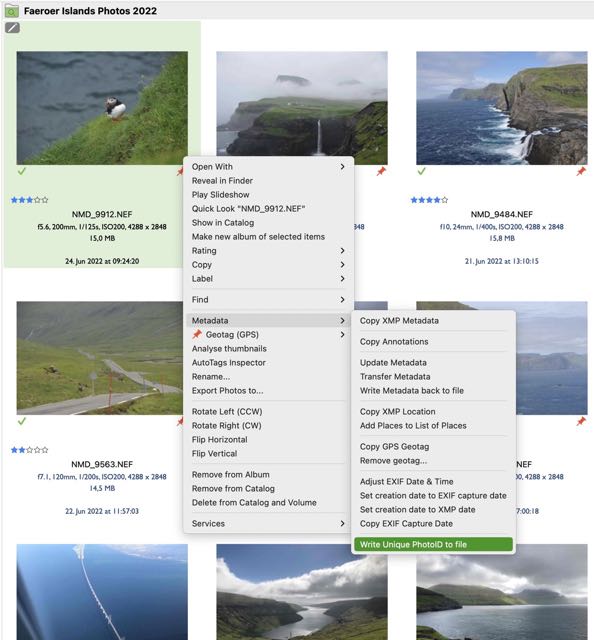
If a file already contains a valid Image ID, NeoFinder will ask you if you wish to replace it.
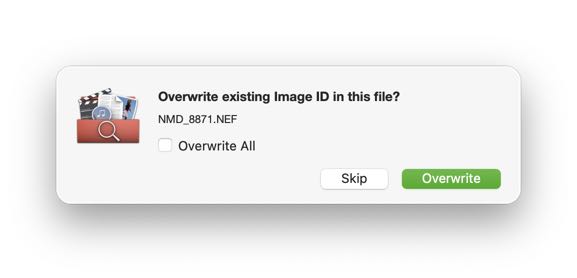
If you have multiple items selected, and ask NeoFinder to add an Image ID to them, you can now also assign the same identical Image ID to all selected photos, for example if these are all just different versions or resolution files of the actual same image: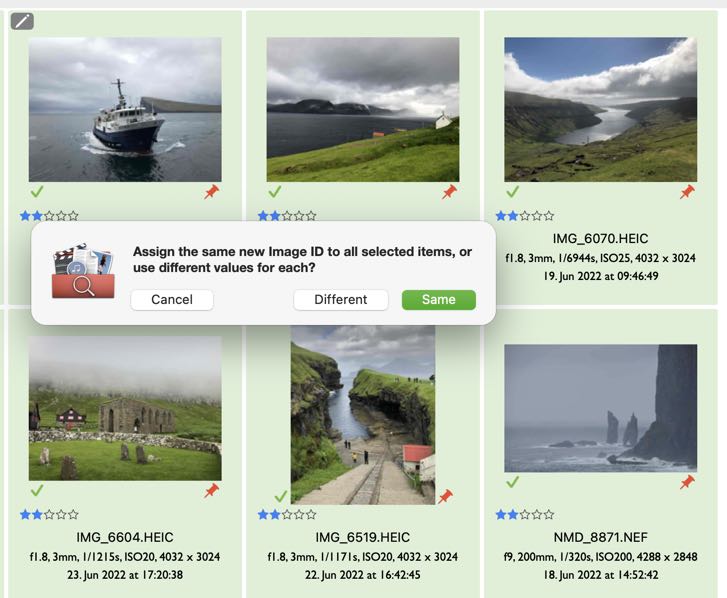
With NeoFinder 8.4, the Image ID and other textual properties of photos are accessible by AppleScript for automation. Please check the AppleScript dictionary in NeoFinder with your favourite Script Debugger or Script Editor.
Of course, you can show the Image ID as a separate column in the List View, and as a separate line in the Icon View, and sort all views by it.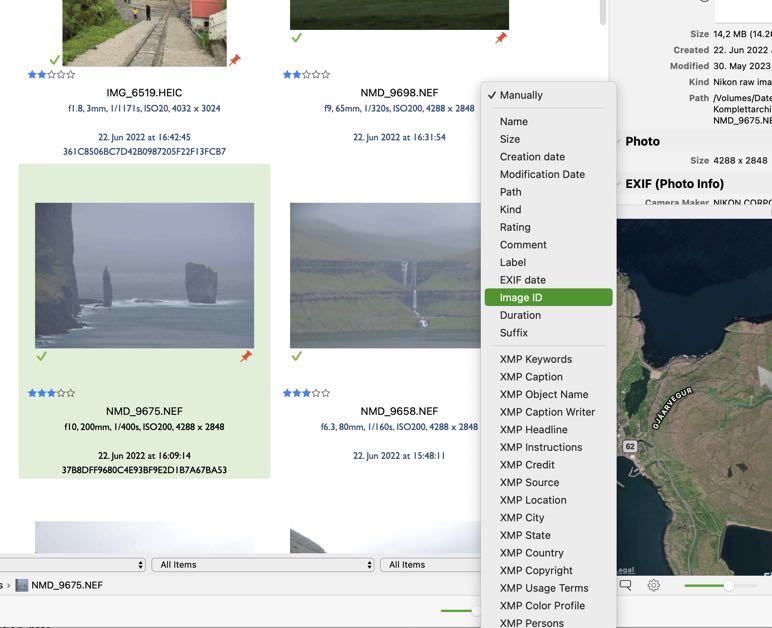
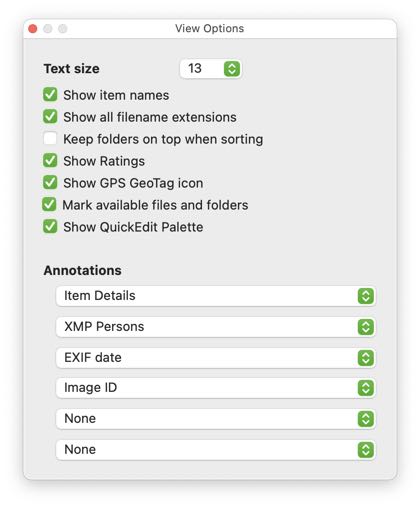
Notes
Online only
As NeoFinder will write all changes you make to EXIF data directly to disk, this will only work for files that are currently online. NeoFinder will not just keep your precious data in its catalog, but write it to disk, so that other applications in your workflow can access this data immediately, too.
No need to additionally use some kind of “write to disk” command or such.
But this will also mean that the "Add Image ID" command is only offered for cataloged items that are actually currently online on your computer.
Next
17.1 Photo Contact Sheet
17.2 Adobe XMP, EXIF and IPTC meta data
17.3 Lossless picture rotation
17.4 Edit the EXIF creation date
17.5 Truncate JPG files
17.6 Photographer Workflows
17.7 Photo Export
17.8 Astronomy data
17.9 Watermark Presets
17.10 QuickEdit
17.11 Unique Photo ID
5.8 Find Similar Photos




